https://ift.tt/2Ml9ndM - youtube channel 25 Crazy Facts Behind The Making Of Bram Stoker's Dracula https://ift.tt/2MtQmqH August 23, 2018 at 01:08AM 
Originating from poetry in the early 18th century, vampires are often seen as vile creatures in literature and film. Published in 1819, the short story The Vampyre by John Polidori was one of the earliest and most popular examples of a horror story focusing on the creatures known as vampires.
While there had been several vampire tales in folklore prior to 1897, Bram Stoker changed the game when he published Dracula.
The story takes place mostly in England and Transylvania and focuses on Jonathan Harker who travels to Count Dracula's castle to give him legal assistance on a real estate transaction.
Dracula has since been adapted on several occasions by filmmakers and thus the Count has received a special place in the history of the horror genre.
Some of the most popular movie adaptations of Stoker's book would be F.W. Murnau's Nosferatu starring Max Schreck and Tod Browning's Dracula starring Bela Lugosi.
While these two movies are both important to the history of cinema in their own ways, Francis Ford Coppola added his own spin on the vampire genre by directing Bram Stoker's Dracula in 1992.
The film starred Gary Oldman as Dracula, with Winona Ryder, Anthony Hopkins, and Keanu Reeves filling out the rest of the main cast.
Coppola's take on Dracula was and still is one of the closest adaptations viewers have seen of Stoker's novel. While the movie has now been out for over 25 years, the vampire genre continues to develop with new movies constantly coming out about the blood-sucking creatures.
No matter how many times the tale of Dracula is adapted, Coppola's will always be remembered.
Here are the 25 Crazy Facts Behind The Making Of Bram Stoker's Dracula.
25 Liam Neeson Almost Played Van Helsing
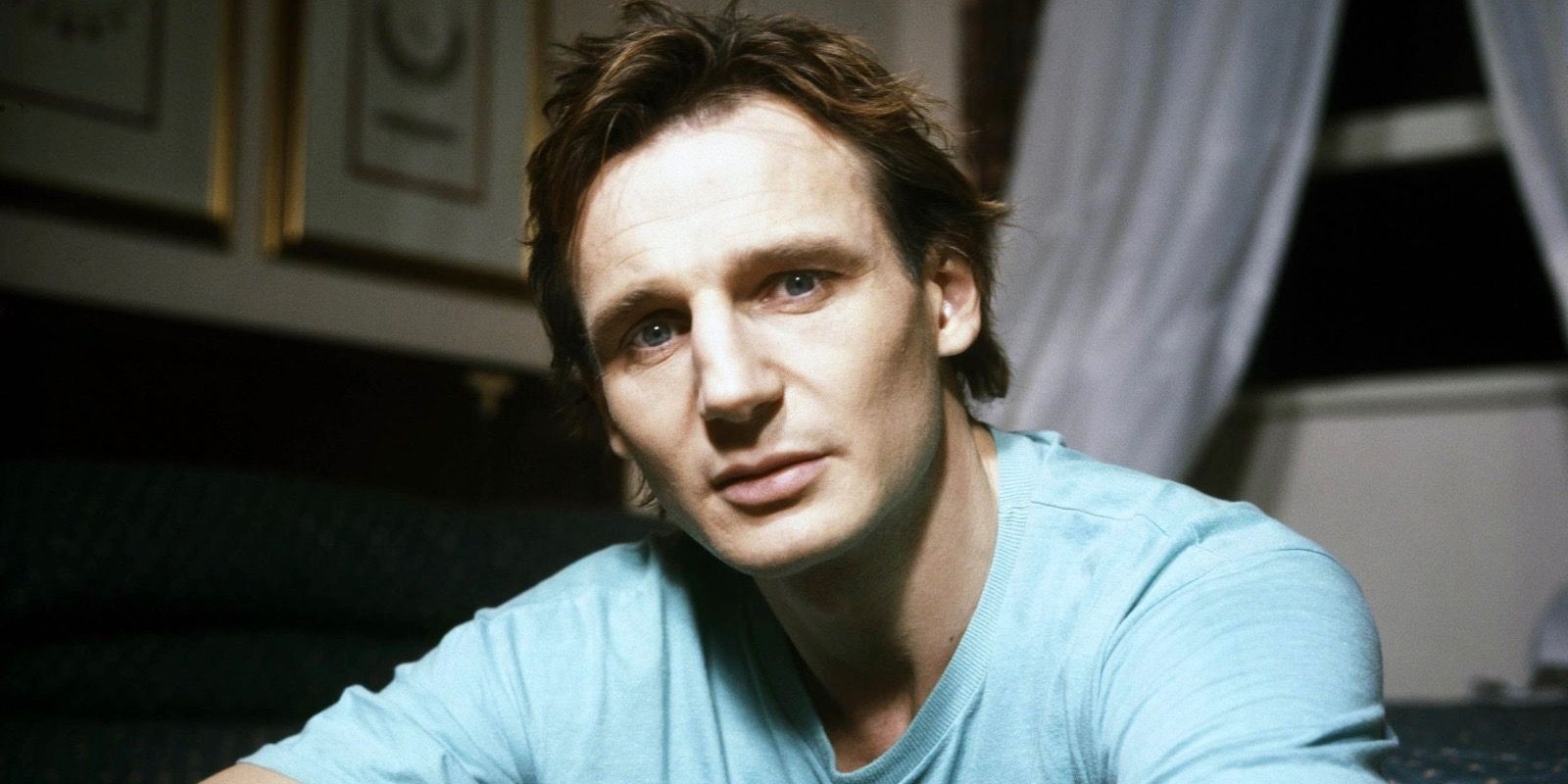
Many actors have played Professor Abraham Van Helsing over the years. Edward Van Sloan, Christopher Plummer, and Hugh Jackman have all played versions of Van Helsing in different movies.
The role went to Anthony Hopkins for Bram Stoker's Dracula. However, it almost went to Liam Neeson.
Prior to 1992, Neeson had acted in many movies, but not nearly as many as Hopkins.
Neeson was thought to have badly wanted the role in Coppola's film, but the role ultimately went to Hopkins because of the recent success of The Silent of the Lambs.
24 Winona Ryder And Keanu Reeves might've been Married On Set
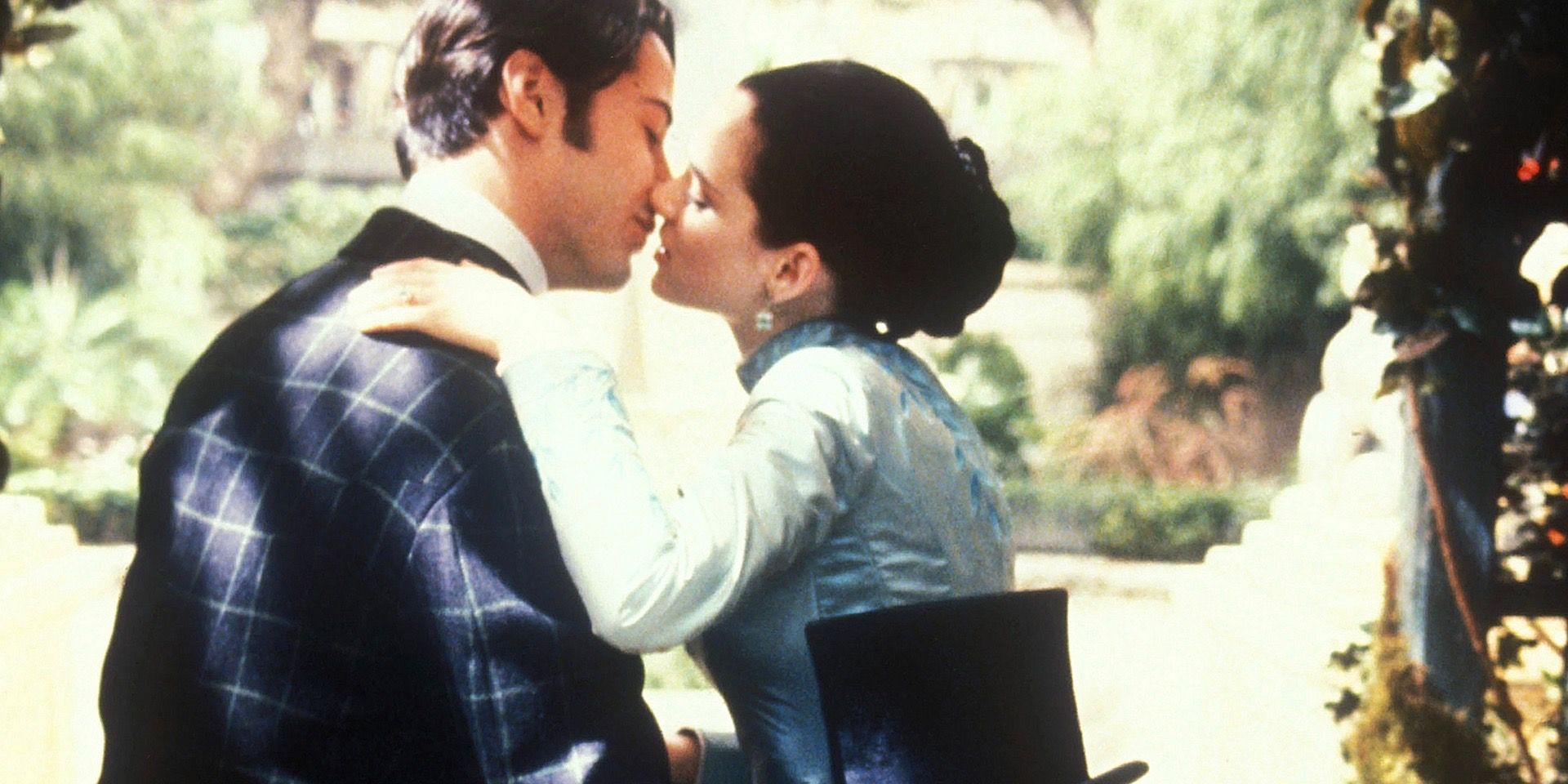
It is very common for two actors to pretend to be in love in order to capture a love story for a movie and even partake in fake wedding ceremonies.
Keanu Reeves and Winona Ryder's characters may have only been engaged in the story, but the two were actually married on the set of Bram Stoker's Dracula.
Coppola brought in a real Romanian priest to make the scene appear more authentic, which means that even though they were acting, Ryder and Reeves might have been married during filming.
Ryder has since joked about this while talking with Entertainment Weekly about her new rom-com Destination Wedding, which also stars Reeves.
23 Winona Ryder And Gary Oldman Didn't Get Along On Set
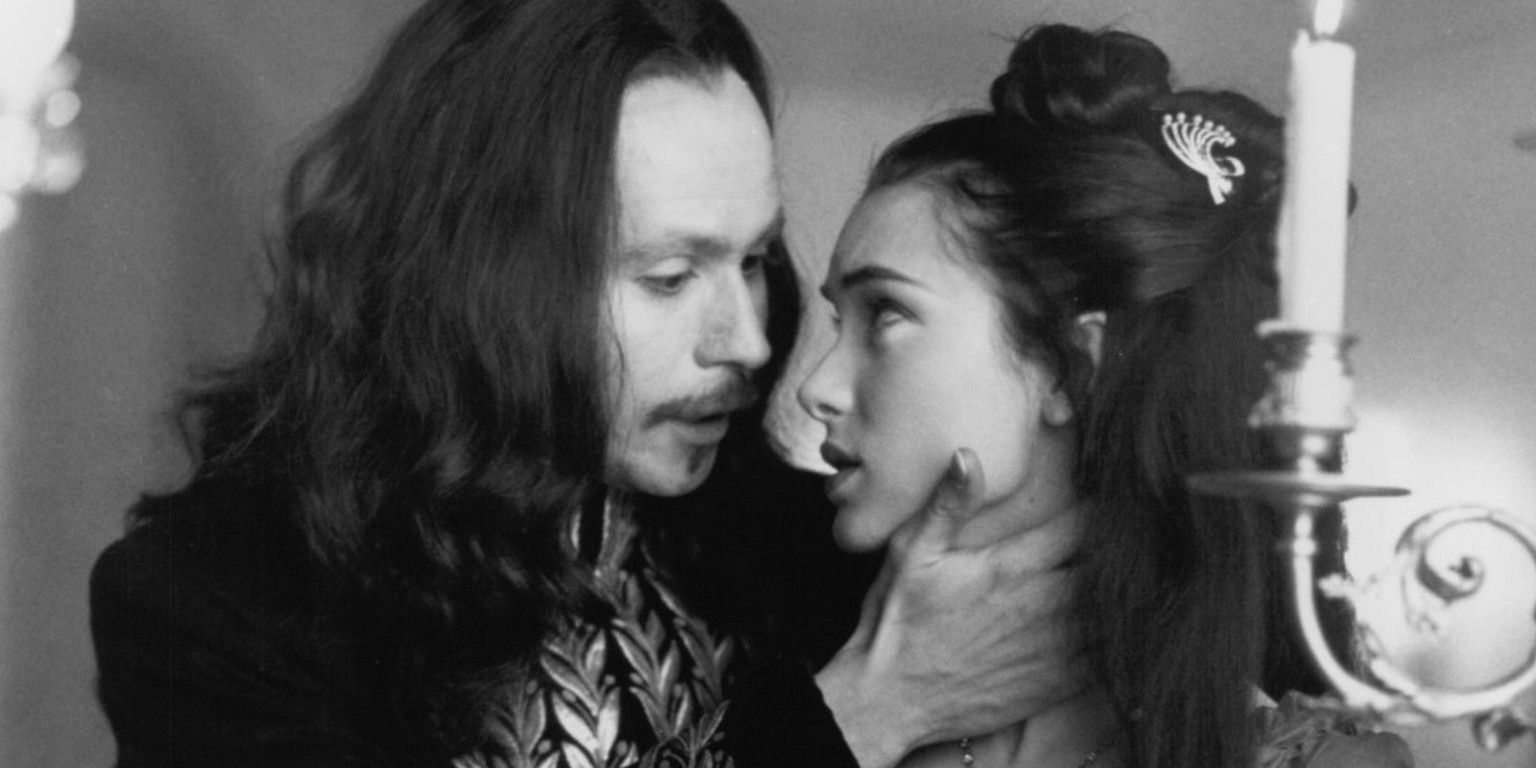
With the mass amount of people it takes in order to make a full-length motion picture, it's not surprising that actors can't always get along with everyone on set.
As intimate as Winona Ryder and Gary Oldman become in the movie, it is surprising that they were the two who actually clashed the most.
It has always been widely believed that Ryder and Oldman often didn't get along during filming Bram Stoker's Dracula.
When speaking with Interview Magazine in 2013, Ryder revealed that Oldman is now a close friend of hers and that their fighting back in the '90s was really just "teen drama."
22 Sadie Frost's Makeup Terrified A Child Actress
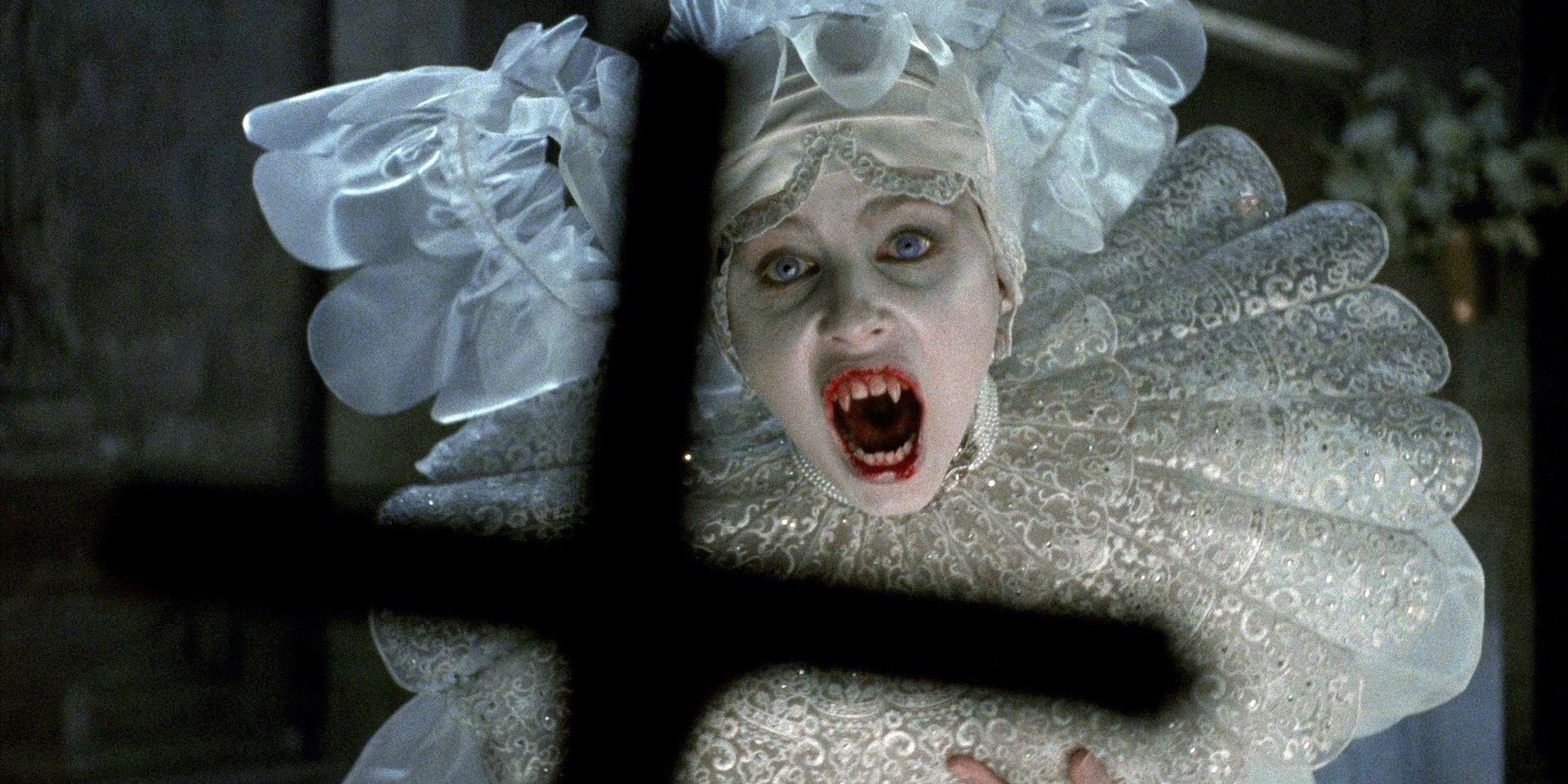
The finished product of Bram Stoker's Dracula terrified people sitting in a theater, but imagine being a child acting in the movie.
Late in the film, Sadie Frost's character Lucy carries a living child into her crypt likely to feast on her blood.
At this point in the movie, Lucy had already passed away and was now a vampire, which caused her skin to become pale and her teeth to become fully grown fangs.
It would be no doubt a frightening appearance to a child and Frost broke character at several points in order to comfort the child so they could finish filming.
We wonder if the former young actor still has nightmares about it.
21 Keanu Reeves Isn't A Fan Of His Performance
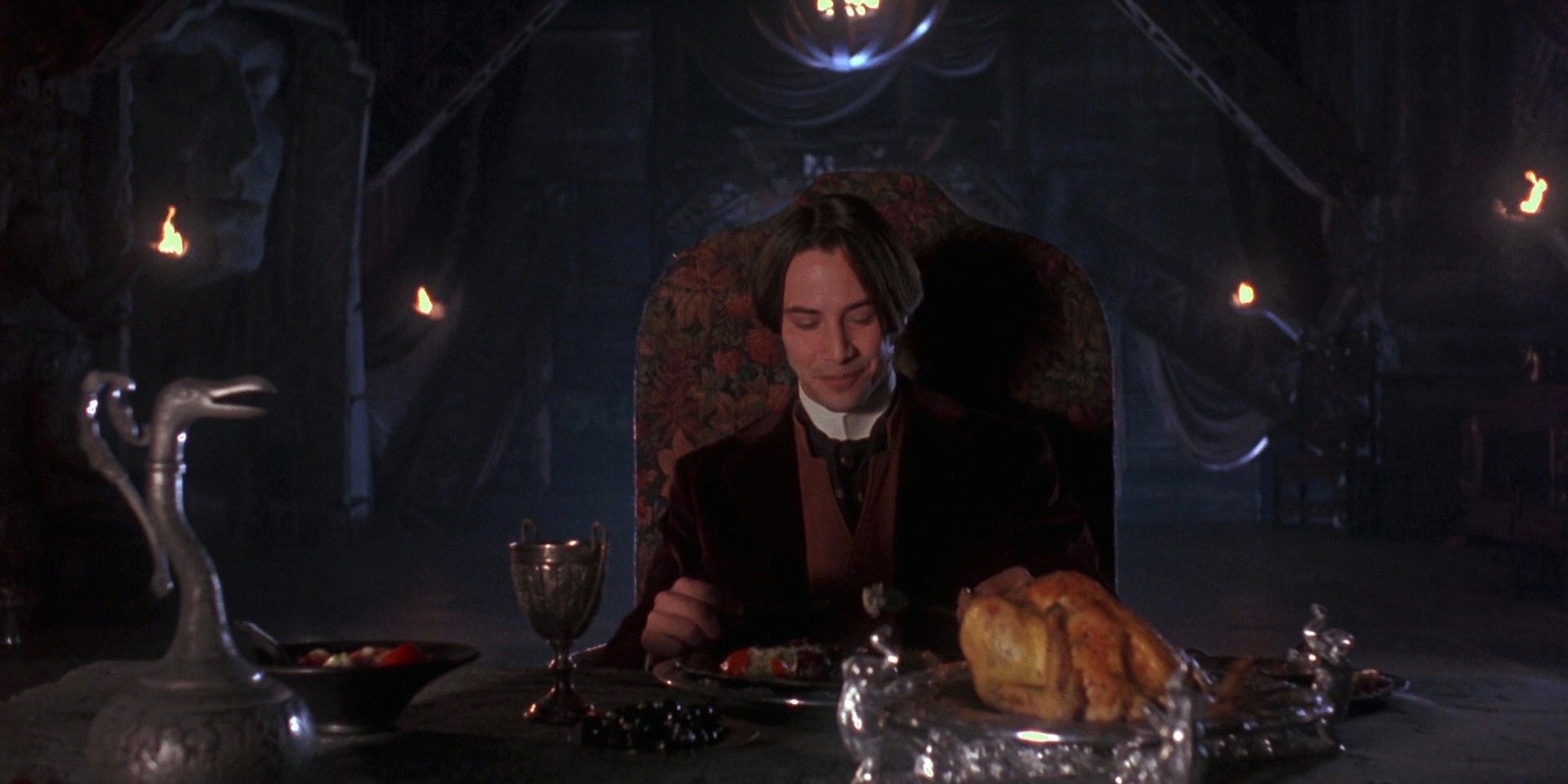
While Bram Stoker's Dracula was praised for many reasons, Keanu Reeves was not.
While many people did not overly enjoy Reeves as Jonathan Harker, Reeves himself didn't really like his performance.
Since Dracula's release, Reeves has stated that he was exhausted from filming several other projects in 1991 and "just didn't have anything left to give."
Reeves' performance certainly could have been better, but he has since redeemed himself by starring in movies such as The Matrix and the more recent John Wick series.
With that being said, most actor's have roles they aren't overly fond of, and Reeves is no exception.
20 It Helped Save Coppola's Production Company From Financial Ruin
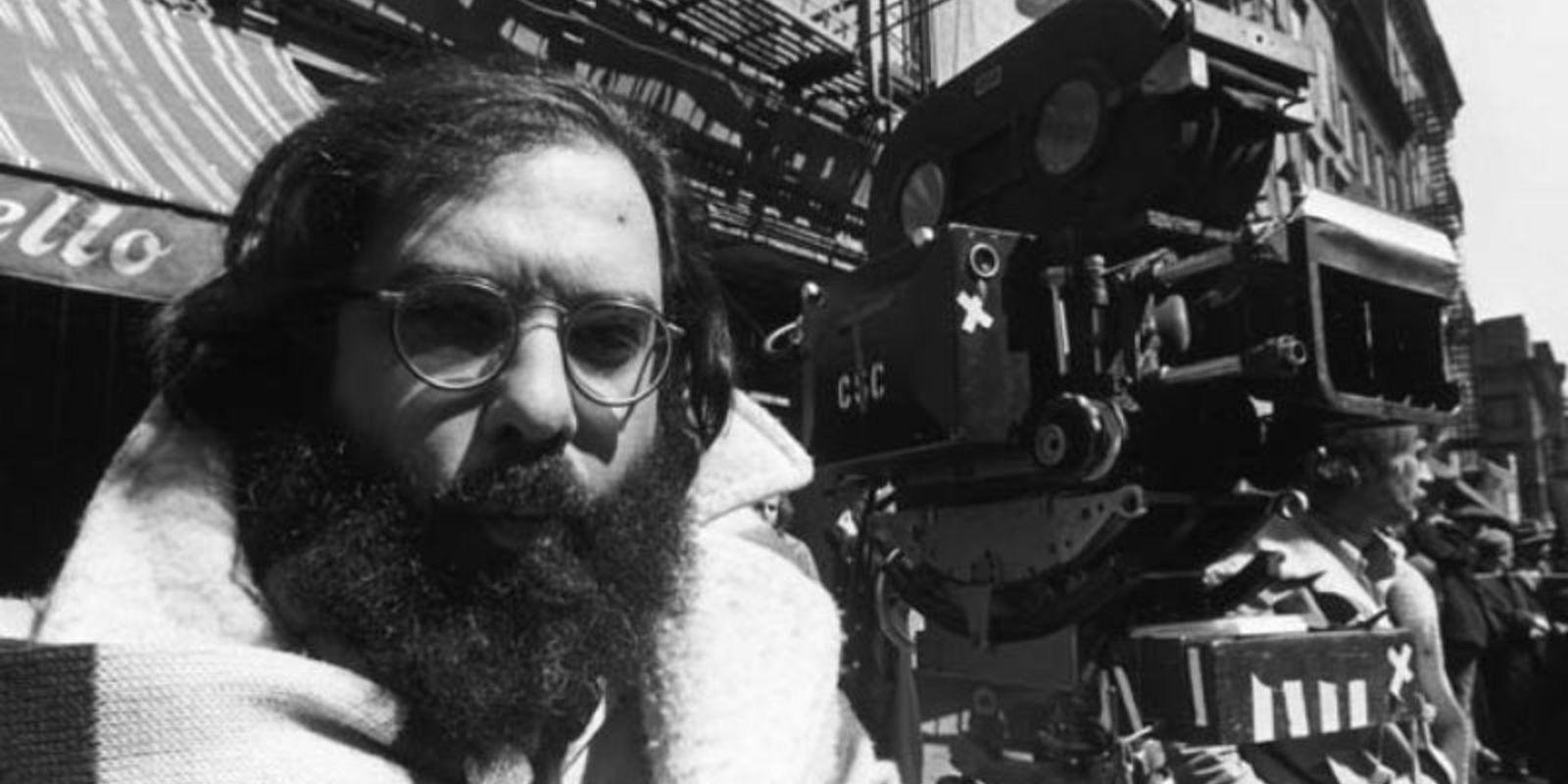
While Francis Ford Coppola no doubt made a lot of money from his popular movies, he was all too familiar with certain films becoming financial flops.
In 1992, Coppola had money issues for the third time in nine years, this time with his Zoetrope Corp. and Zoetrope Productions.
In 1982, his movie One From the Heart didn't make a lot of money, which was part of his financial troubles.
Bram Stoker's Dracula needed to be a hit with not just fans but critics alike so that he could start to pay off some of his debt.
Thankfully, the movie was a hit and some of the money earned no doubt saved his production companies.
19 Coppola Wanted The Movie To Be Achieved With Practical Effects
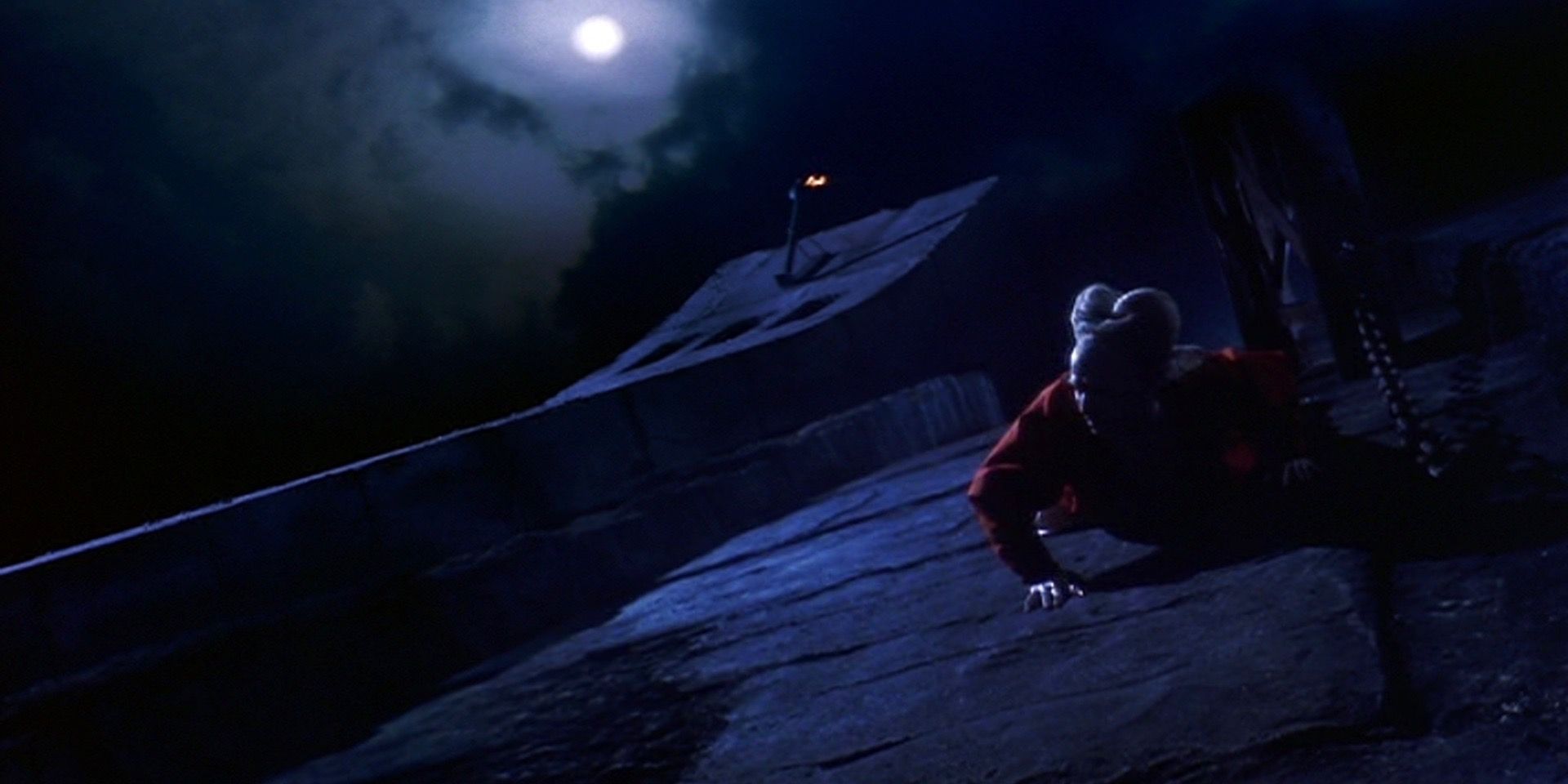
In movies today, CGI is a common tool to make a film come to life and seem incredibly realistic. While CGI can sometimes be a useful tool, Coppola wanted all of the effects for Bram Stoker's Dracula to be done practically.
As explained in an interview with Entertainment Weekly, the effects were all done live in the camera, like live magic tricks.
For the effect of the green mist, Coppola and the cinematographer used double exposure and put the film through the camera multiple times before it was finally developed.
Wanting the movie to look the way it would have if early filmmakers had recorded it, Coppola decided to use old tricks to pull off the practical effects.
18 Gary Oldman might have been Intoxicated During His Razor Blade Scene
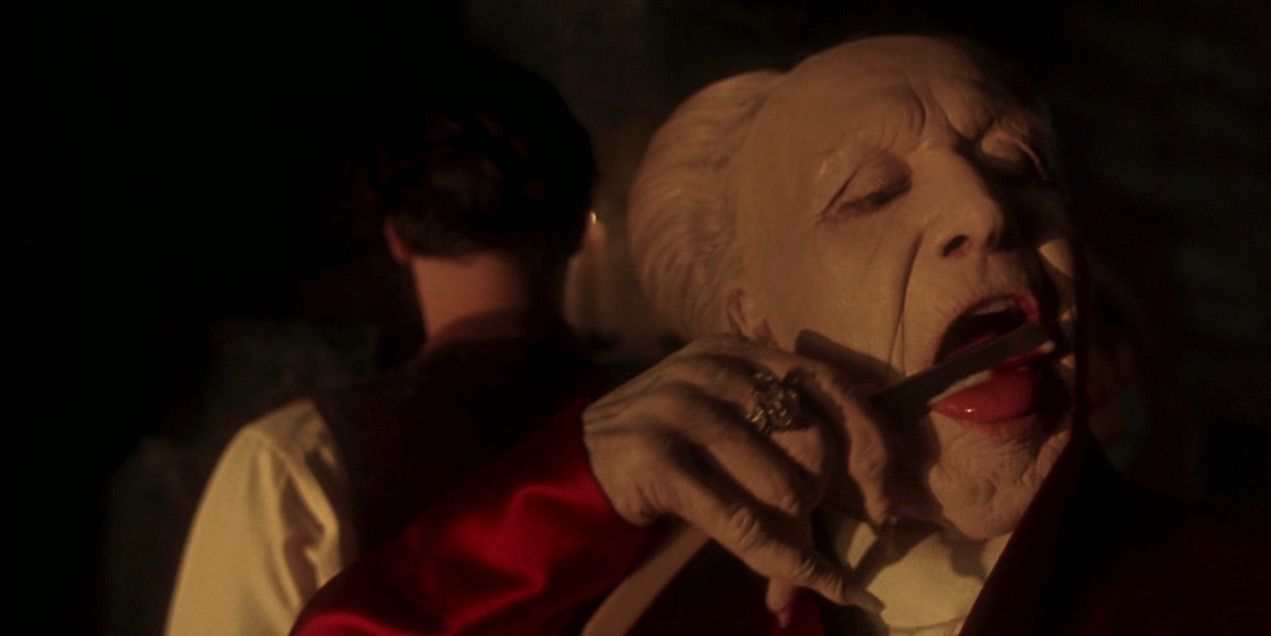
While it may not be the best example to lead by, there have been many accounts of actors being drunk on the set of movie productions.
Just that happened during a scene early on in Bram Stoker's Dracula. Shortly after Keanu Reeve's character Jonathan Harker arrives at Dracula's castle, he can be seen shaving his neck and accidentally cutting himself.
The Count then appears to assist Harker in shaving his neck, but not before he secretly licks the blood off of the razor blade.
It is widely believed that Gary Oldman was intoxicated while filming this scene.
17 Coppola Fired The Entire Special Effects Department
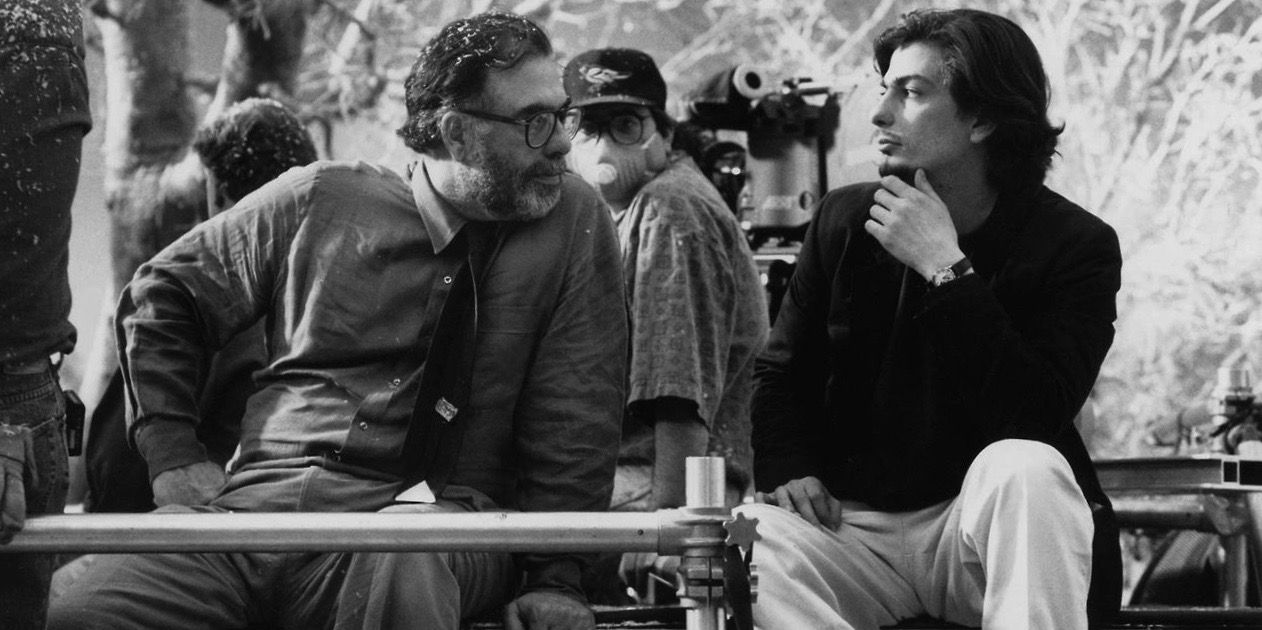
Movies usually are not cheap to make, and Bram Stoker's Dracula was no exception.
While firing an entire department of the crew may be one way to cut costs, Coppola did just that because he wanted to rely on practical effects for his movie.
Coppola fired the special effects department and hired his son named Roman to help him with the practical effects since he was a magic enthusiast.
The end result came out looking very authentic, especially since Coppola and the crew used tricks that were used during the silent era of filmmaking.
16 Singer Lux Interior Shared His Voice For A Scene

In the first few scenes of Bram Stoker's Dracula, Elisabeta flings herself from the castle window because she was given fake news about the passing of her beloved husband.
Count Dracula is then seen renouncing god since his beloved Elisabeta's soul could not be saved because she ended her own life.
As he takes his first steps in becoming immortal, he lets out a furious shriek. However, it wasn't actually Oldman who yelled.
Coppola's daughter Sofia suggested that they use punk rock singer Lux Interior from The Cramps for the pivotal scene.
Oldman acted out the scene and Lux's roar was added in during post-production.
15 Winona Ryder Got Coppola Interested In Adapting Dracula

Before Coppola was involved with this adaptation of Dracula, the script was going to be used for a TV movie directed by Michael Apted.
Winona Ryder liked the script so much that she took it to Coppola who enjoyed it because it stuck close to the source material.
Since Coppola decided to direct the movie, Apted was out of a directing gig, but he was still the executive producer for the film.
Needless to say, Bram Stoker's Dracula would have been a very different movie if it would have been made for the small screen.
14 George Lucas Suggested That Mina Decapitate Dracula
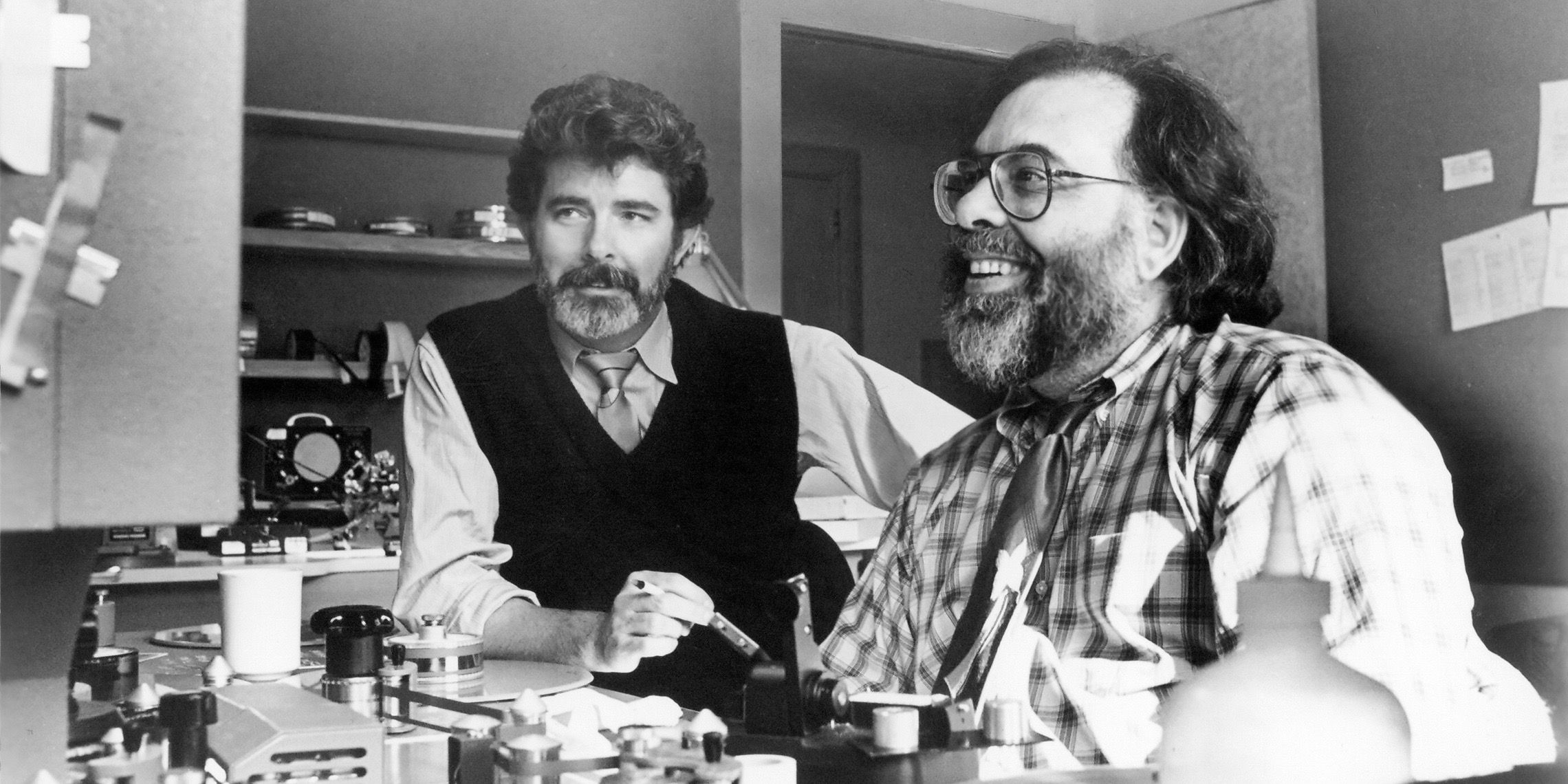
While most of Coppola's vision stayed close to Stoker's book, the ending was quite different.
In the book, the group of men are destroying all of the boxes containing dirt from Transylvania and the story ends with Jonathan cutting off Dracula's head while Morris drives a knife into his heart.
The same events happen in the movie, only Mina is responsible for decapitating the vampire.
When Coppola screened the movie for his friend George Lucas, Lucas thought it would be more meaningful for Mina to be the one to ultimately defeat Dracula, and Coppola agreed.
13 Francis Ford Coppola First Read Dracula When He Was 17

Many people have read Bram Stoker's Dracula at some point in their lives.
Anybody who is planning to make a movie based on the character should probably read the book and Coppola has stated that he first read the novel when he was 17.
In an interview with Entertainment Weekly back in 2015, Coppola admitted that when he was a drama camp counselor, he read Dracula in its entirety to a group of 9-year-old boys.
Dracula may not be suitable for children this young, but Coppola read it to them so that they would go to sleep so that he could go visit his girlfriend at a nearby camp.
12 Gary Oldman Didn't Think He Was Scary In The Batsuit
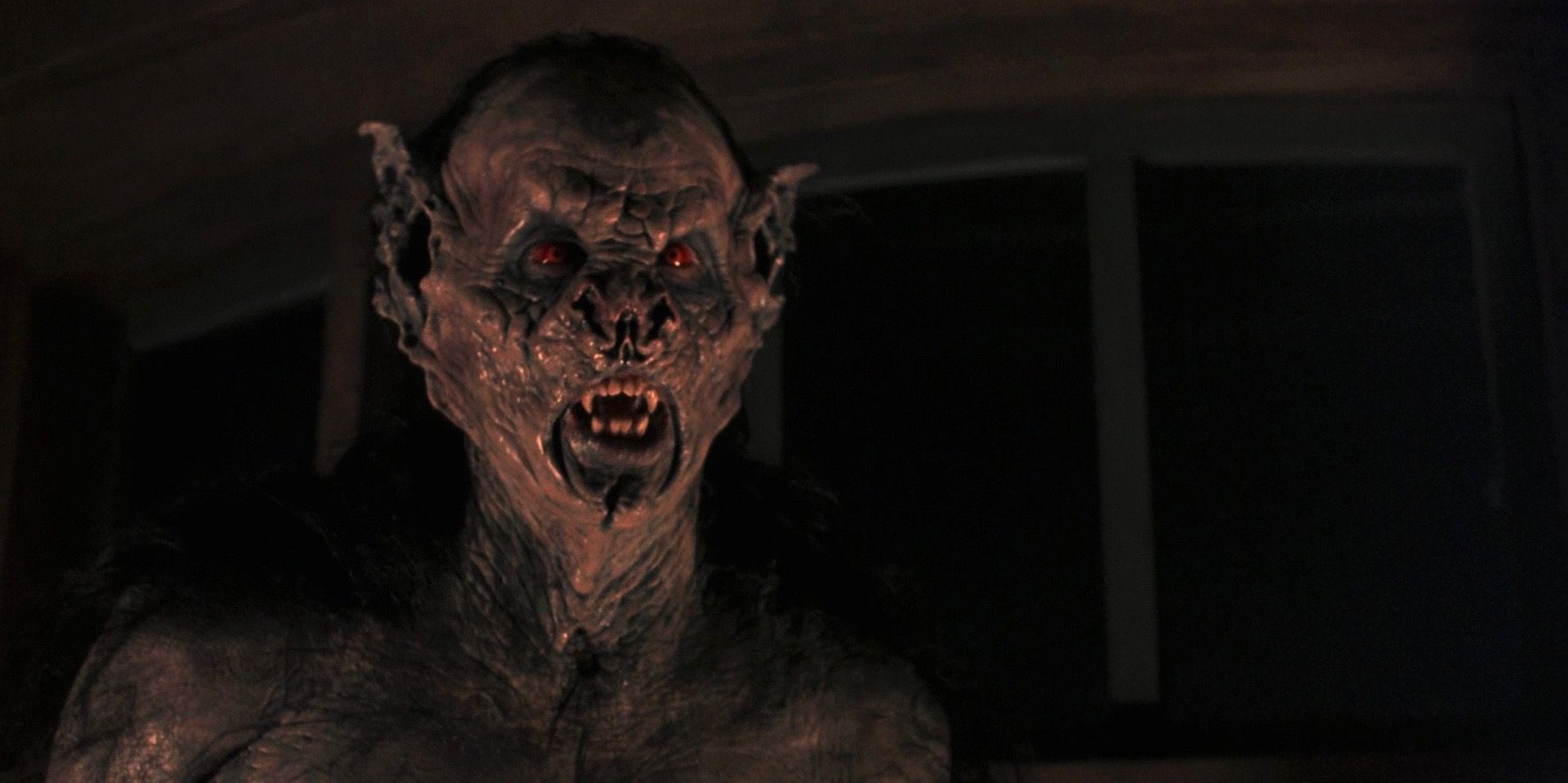
After 1992, Gary Oldman would go on to play several more fantastic roles including Commissioner Gordan in The Dark Knight trilogy.
While Oldman didn't get to try on the batsuit in that set of movie, he did get to wear a batsuit in Bram Stoker's Dracula.
While the sight of the bat creature is one of the scariest parts of the film for many people, Oldman apparently didn't think the batsuit was very scary.
Because of this, Coppola told him to go around and whisper something terrifying into each actor's ears before the scene was filmed.
11 Nearly All Of The Movie Was Done On Sound Stages
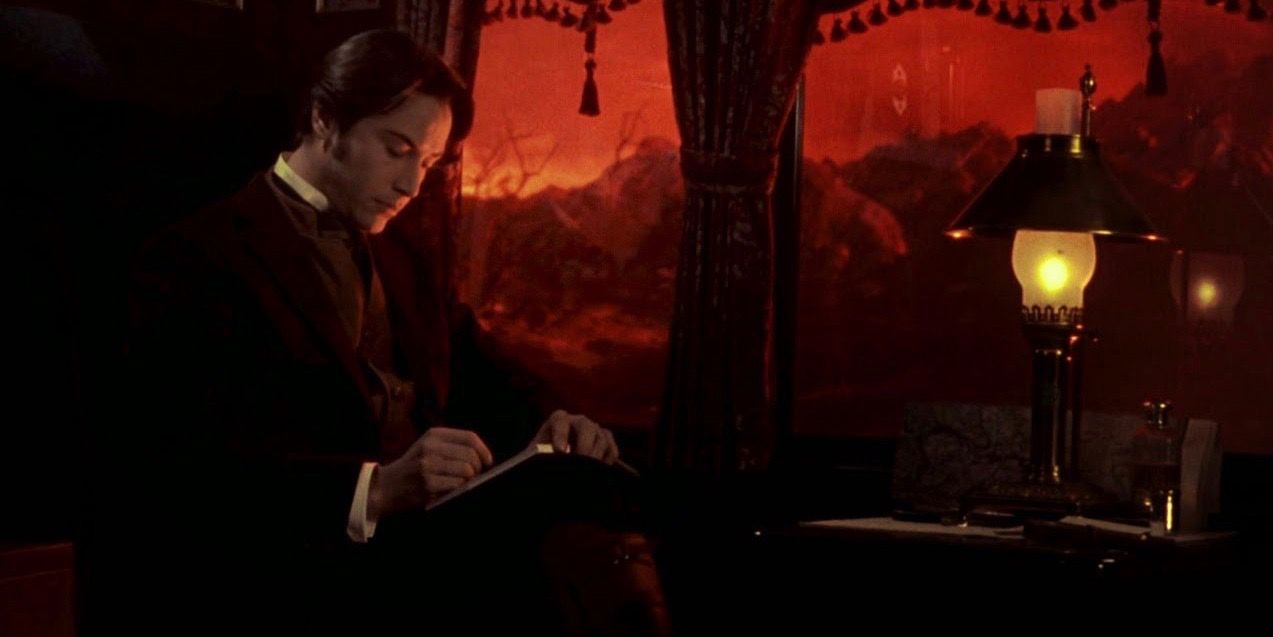
While many movies have a mixture of on-location shooting and filming that takes place on a sound stage, almost all of Bram Stoker's Dracula was done on a sound stage.
When asked by Entertainment Weekly how much of the movie was shot on a sound stage, Coppola revealed that "the film was 99 and a half percent done through stagecraft."
Coppola then admitted that after the production of Apocalypse Now, movie studios wouldn't have been too keen on sending him to another country to perform on-location shooting.
He also joked that it would be terrifying to travel to Romania and attempt to shoot a horror film there.
10 It Won Three Academy Awards
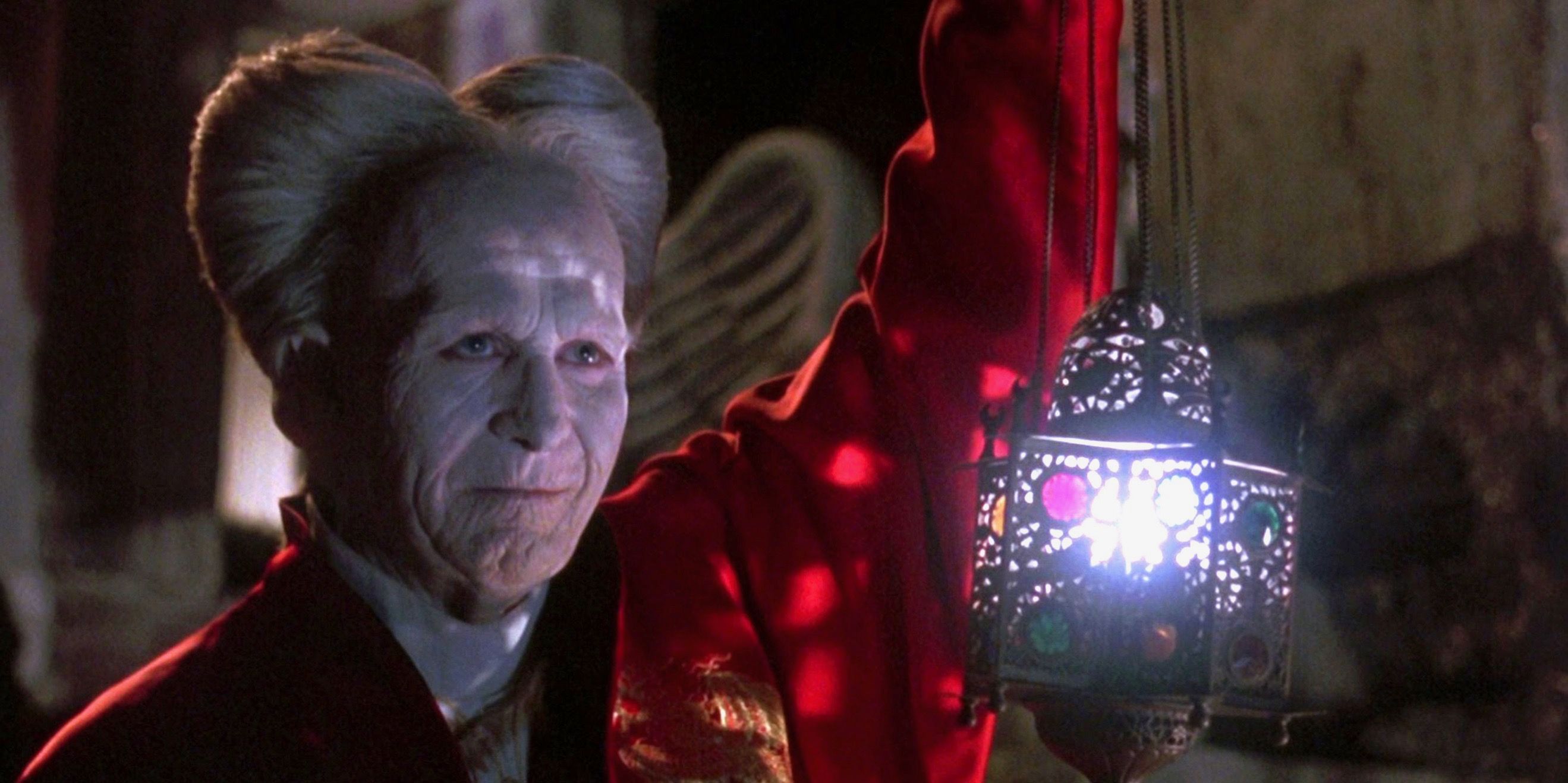
While everyone has varying opinions about popular movies, the Academy certainly seemed to enjoy Bram Stoker's Dracula in 1993.
Coppola's movies often got nominated for Oscars and his take on Dracula won three awards.
Eiko Ishioka won the Oscar for Best Costume Design, Tom C. McCarthy and David E. Stone for Best Effects-Sound Effects Editing, and Greg Cannom, Michèle Burke, and Matthew W. Mungle for Best Makeup.
Not everyone will enjoy Coppola's Dracula flick, but there is no doubt that the costumes, effects, and makeup were all extraordinary for their time.
9 Critics Panned Keanu Reeves

Bram Stoker's Dracula is no doubt filled with a talented cast.
Even though Winona Ryder was really the newest actresses out of the four leads, critics hated Keanu Reeves the most.
Reeves had been acting since 1984, which was eight years prior to Dracula being released.
While Reeves was no doubt popular by 1992, critics panned his acting and his attempt at an English accent. While everyone else did a decent job with their accent, it is quite apparent that Reeves' isn't real.
8 Bela Lugosi Inspired Certain Scenes
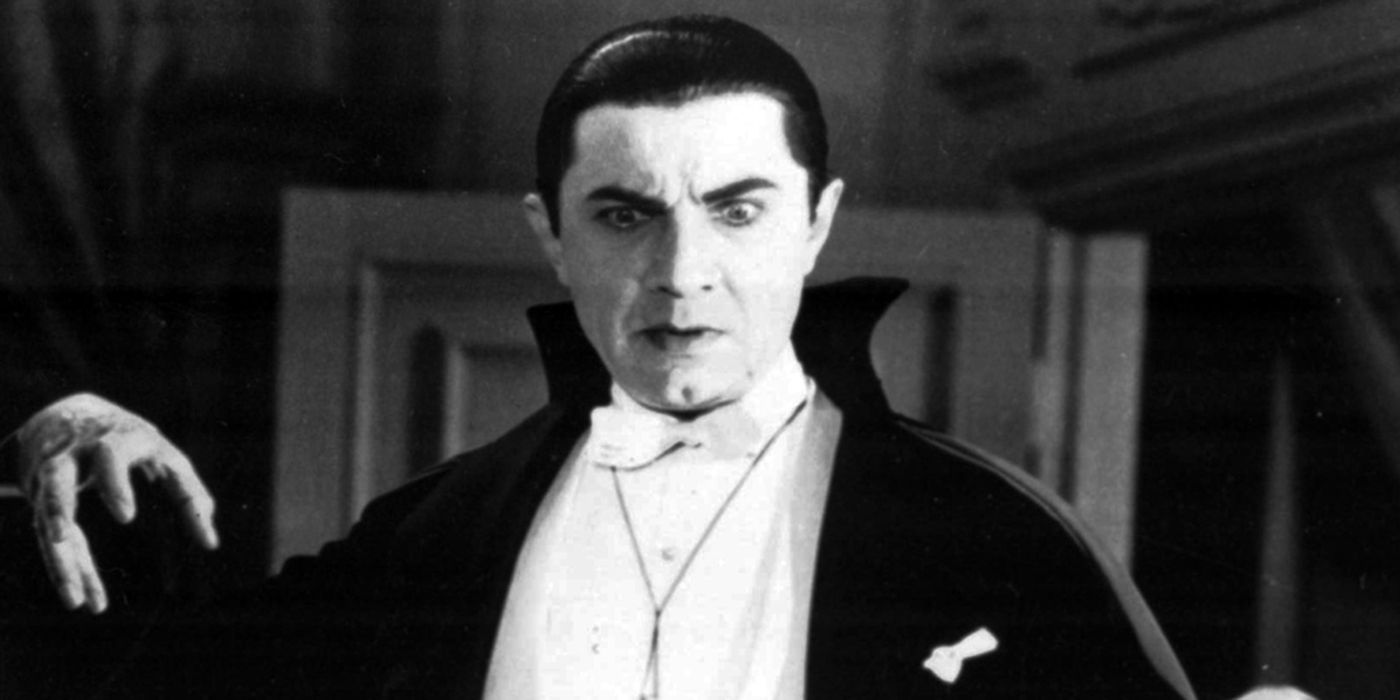
The script for Bram Stoker's Dracula included many lines from Stoker's book since it was a close adaptation.
That being said, certain lines were inspired by the 1931 Dracula starring Bela Lugosi.
The line, "I never drink… wine" was a line that wasn't included in the novel but was a memorable moment in Tod Browning's movie.
Other lines such as "Children of the night. What music they make" were also included in both movies. However, this line is also an incredibly popular line from Bram Stoker's book.
7 The Release Date Had A Significant Meaning
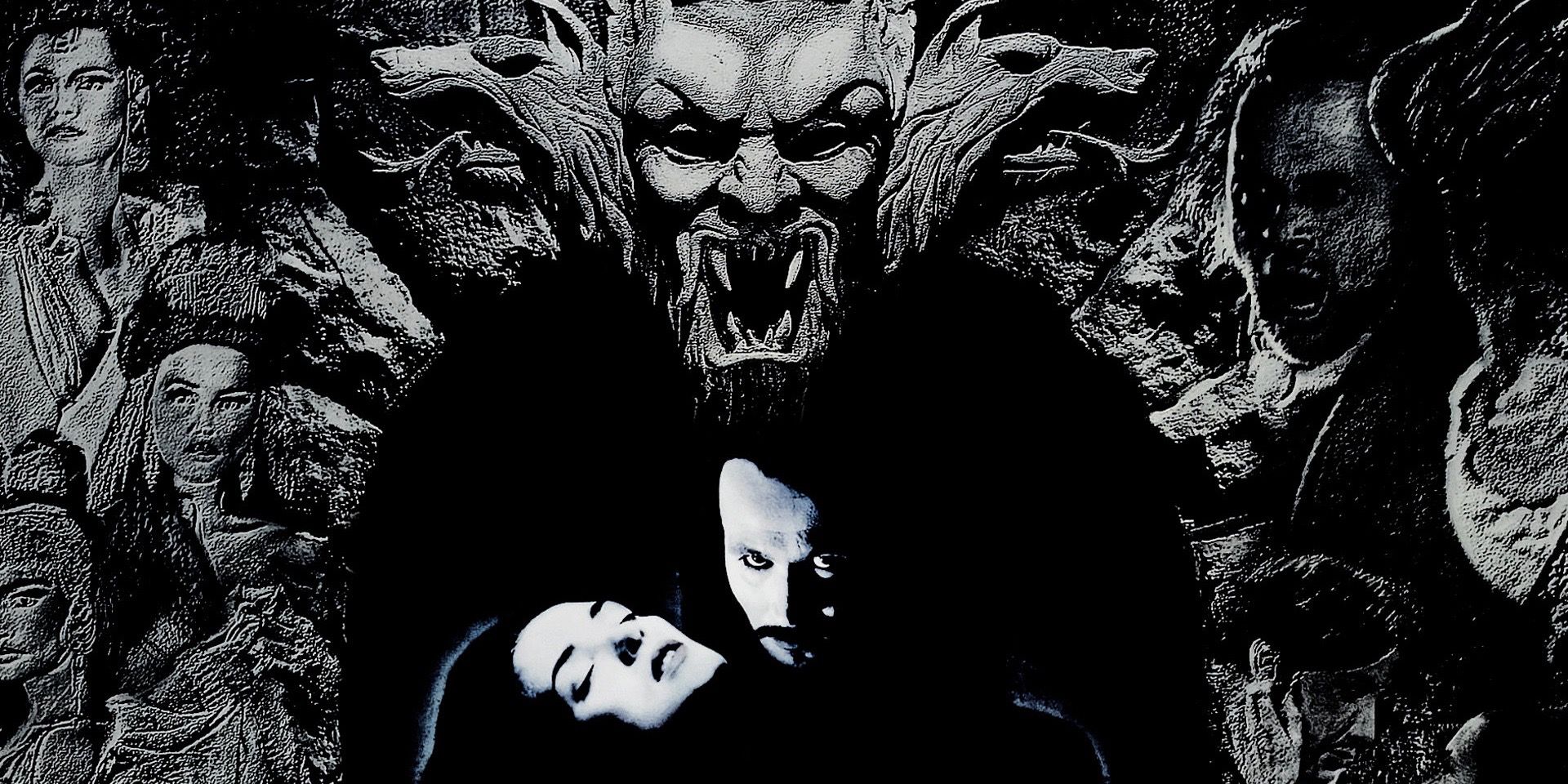
Bram Stoker's Dracula got a wide release on November 13, 1992. While the release did get pushed back from a summer release to a November one, the movie coming out in 1992 is significant for two reasons.
For one, the release of the movie coincided with the 95th Anniversary of the original Dracula book.
The 1992 release date also lined up with the 80th anniversary of Stoker's passing.
The release date may just be a coincidence, but it is still an interesting coincidence nonetheless.
6 The Arabian Nights Book On Set Went Missing
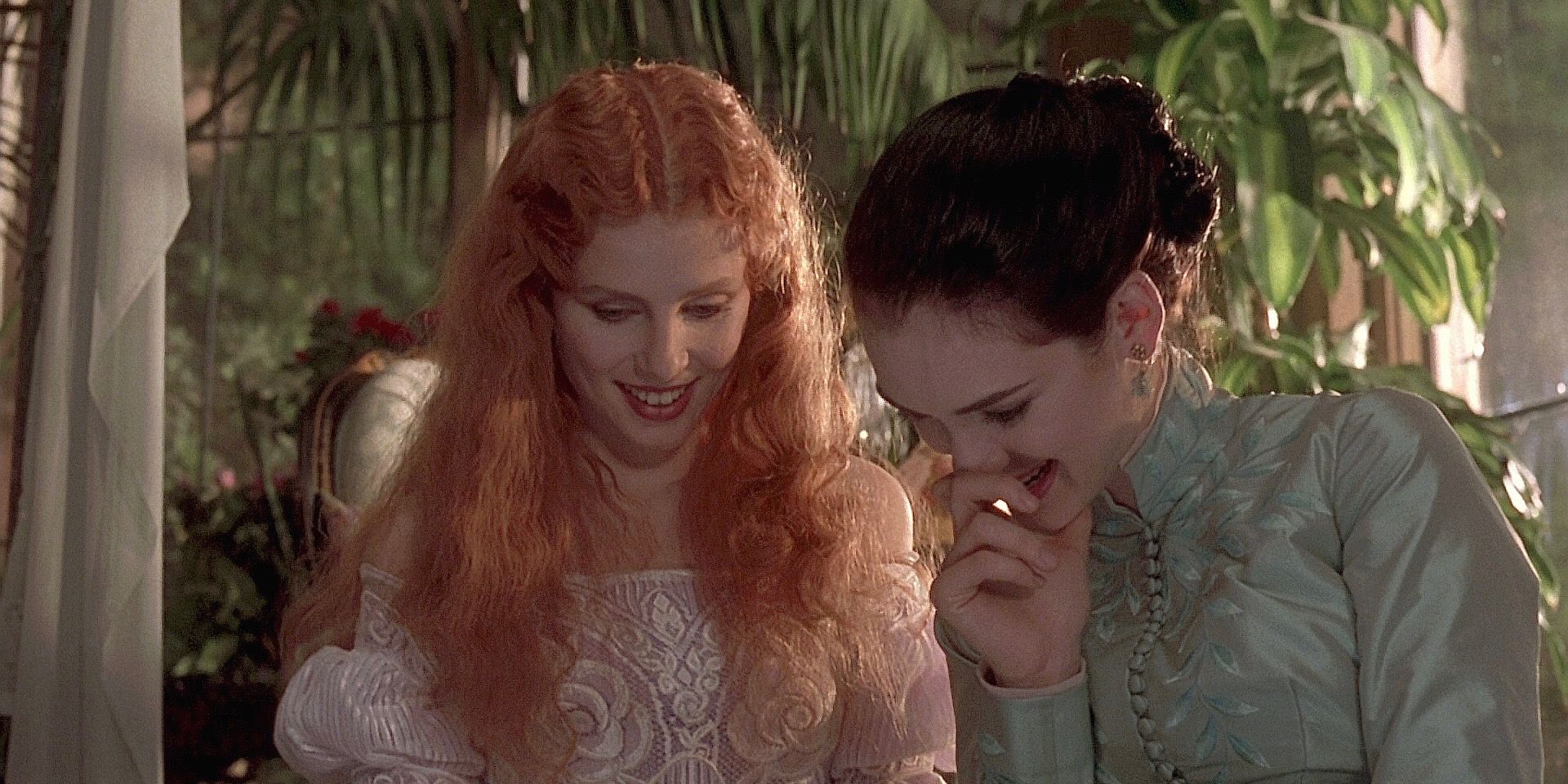
Early on when we meet Sadie Frost's character named Lucy, Mina is looking at pictures in a copy of The Arabian Nights.
Once Lucy is introduced, she realizes that Mina was looking at the intimate images within the book and the two girls continue to giggle together at the other pictures.
The scene is mainly used to show Mina's innocence and Lucy's lack thereof.
According to Francis Ford Coppola in the 2007 collector's edition DVD, the book itself went missing and to this day, nobody knows who took it.
5 An Animated Version Of The Movie Was Created

Like most major productions, Coppola had artists create storyboards for Bram Stoker's Dracula.
In order to get everyone on the same page for what he wanted in the final product, Coppola created a slideshow that quickly showed the storyboards like an animated version of the movie.
Some of the storyboards are quite different from what actually showed up in the film, but seeing the storyboards would have given the crew a glimpse into Coppola's vision.
Most of the DVD and Blu-ray releases contain at least part of this animated version of the movie.
4 Gary Oldman's Hairline Was Shaved For Makeup Purposes
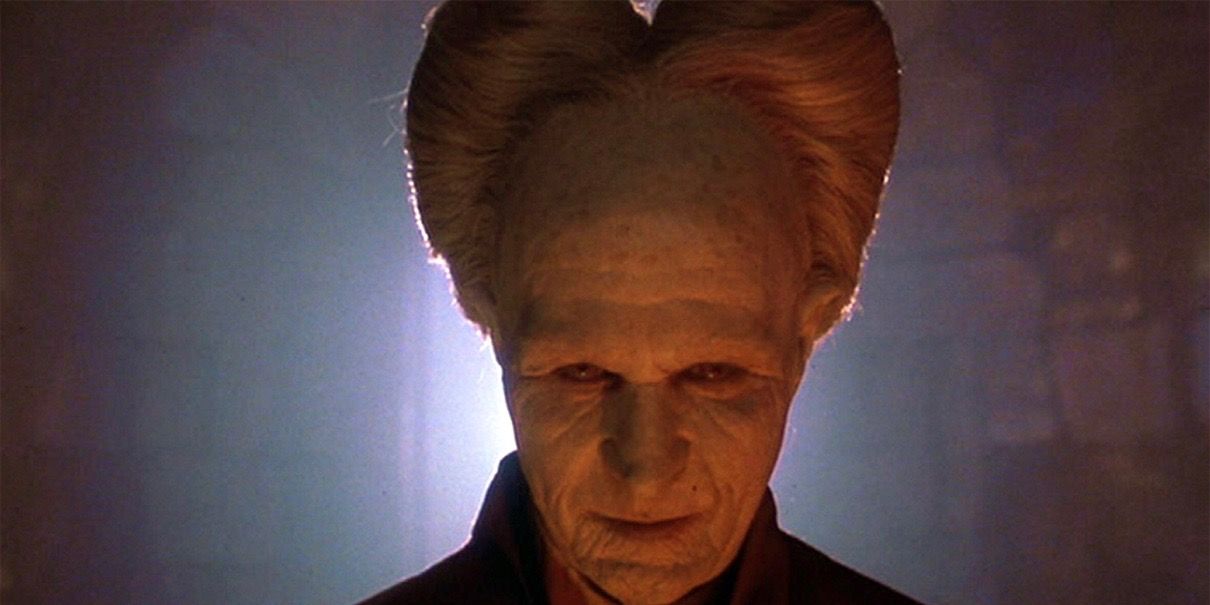
Many actors go through dramatic transformations in order to fully immerse themselves into a role.
While shaving his hairline was probably part of Oldman becoming devoted to the role, it was mainly done to make the makeup application easier.
Oldman's forehead looks huge throughout the entire movie because his new hairline had been created much further up on his head. It almost looks unnatural, but the hairstyle seemed to fit the character of the Count.
It may have looked strange, but people were certainly focusing more on his beehive hair-do near the beginning of the movie.
3 The Movie Had A Lot Of Promotional Merchandise
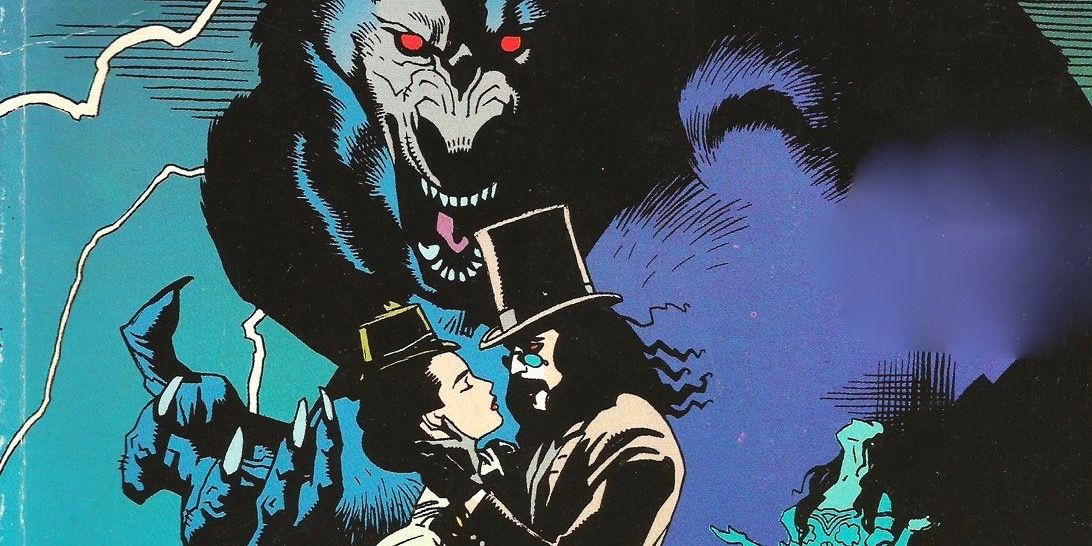
While almost all movies are given collectible merchandise to go with the home release of films, not all rated R movies will get tie-in materials and other merchandise unless the film is part of a popular series.
As for Coppola's Dracula adaptation, the movie received a comic book written by Roy Thomas and illustrated by Mike Mignola, as well as a video game, a pinball game, replica weapons, and a coffin-shaped VHS box.
Fans of the movie were certainly not disappointed by the merchandise for this R-rated movie.
2 The Blue Flames Were The Only Use Of CGI
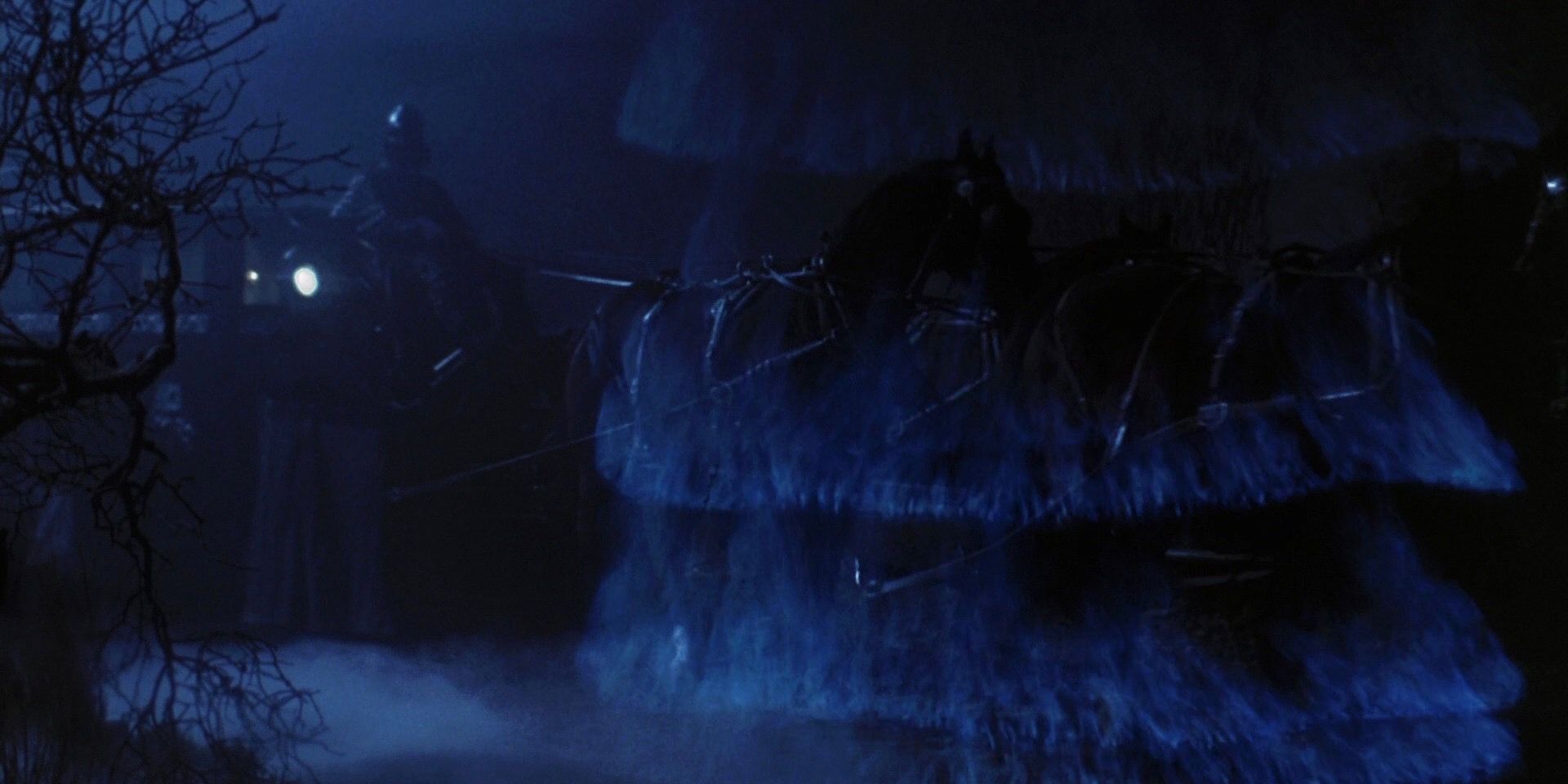
While the effects in Dracula were certainly jaw-dropping, it's even more impressive that almost all of them were done practically.
The one exception to this was the blue flames that can be seen outside of Count Dracula's castle. The blue flames acted as a sort of mystic forcefield in the movies, but in the novel, the flames represented buried and cursed treasure.
The exact meaning of the blue flames outside of the castle is never really explained in the movie, yet they still added an eerie effect that further connected the film to the book.
1 F.W. Murnau's Nosferatu Influenced The Visual Design And Cinematography
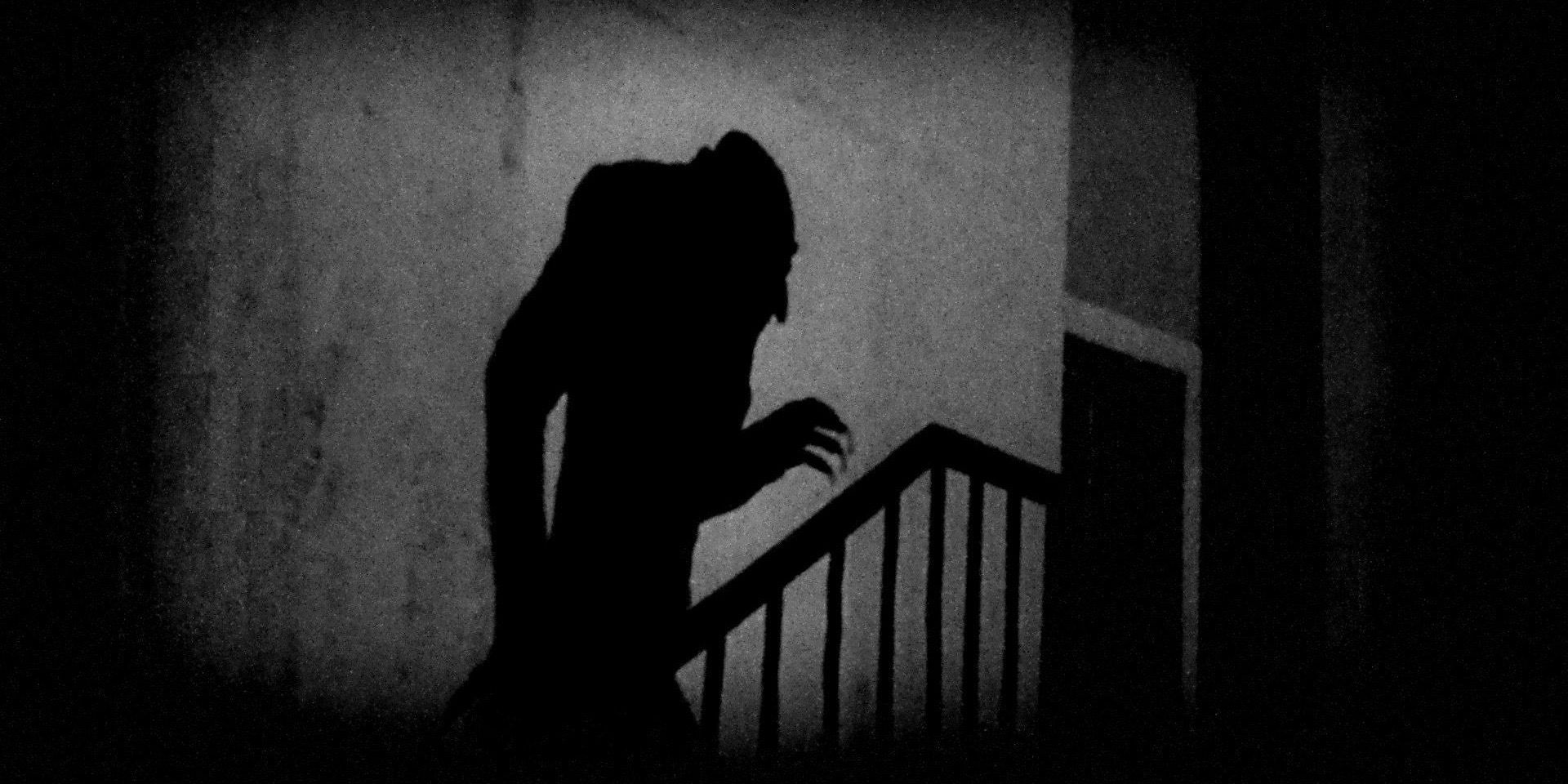
With Bram Stoker's Dracula, Francis Ford Coppola certainly made a visually pleasing movie, while still sticking close to the source material.
Even though the film looked unique, it was still influenced by previous vampire movies, such as F.W. Murnau's Nosferatu.
This can be seen in several instances throughout the film, especially given the shadow scenes that are very prevalent in the 1922 movie.
Cinematographer Michael Ballhaus explains this fact in his autobiography and credits Nosferatu for inspiring the visual design and cinematography of Coppola's film.
---
Are there any other interesting facts about Bram Stoker's Dracula that we missed? Let us know in the comments!
from ScreenRant - Feed https://ift.tt/2MuMN3l
via IFTTT
from https://ift.tt/2BGWoit
via IFTTT
No comments:
Post a Comment